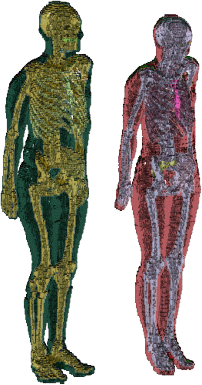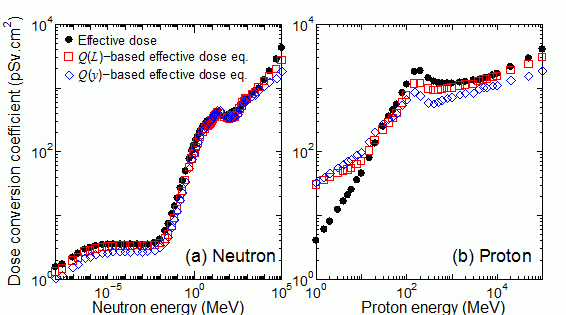
Fig.1 Voxel phantoms that represent the Reference Male and Reference Female (drawn by PHITS)
We therefore calculated the fluence-to-dose conversion coefficients using the PHITS code[2], coupled to the ICRP/ICRU reference phantoms for external exposures of neutrons, protons, alpha particles and heavy ions . Additionally, we also calculated the conversion coefficients for the dose equivalents based on the Q(L) and Q(y) relationships defined in ICRP60 and ICRU Report 40 [7], respectively, where L and y denotes LET and lineal energy for site diameter 1micron, respectively. The Q(y)-based dose equivalent has a potential to be a key quantity in constructing a more sophisticated radiation protection system in space dosimetry, since the cosmic-rays generally produce a large number of high-energy -rays around their trajectories, and their radiation qualities cannot be uniquely determined from their LET.
